My husband said: “Wow, this pudding is fantastic!” Now, you have to understand that he’s a Type 1 diabetic, and he steers away from desserts 95% of the time, so any time he does eat dessert he thinks he’s in heaven. But I’ll attest – this rice pudding is fabulous.
You know how it is when you read some recipe somewhere and it just plain “speaks” to you? That’s what happened when I was reading Baking Banter, the baking blog from King Arthur Flour. I subscribe to their blog through Google Reader, and the varied bakers post several times a week. And I just love how they design a recipe – how they test and change, taste and change, until they finally get it right. And this recipe is just absolutely SPOT-ON! Kuddos to Mary Jane Robbins, who developed this recipe for King Arthur.
I have another recipe for rice pudding here on my blog. And in comparing this one to the other one, they’re very similar. And yet, I think this one is better (probably because of the cream added). Much better. I liked the creamy texture of this one. The little bit of bite to the rice (particularly you don’t want to overcook the rice, because then it would be mushy). The other aspect of this pudding is its focus on the vanilla. Two different types of (King Arthur) vanilla are called for here. I used two different types I had on my pantry shelf, neither of which are King Arthur. Use your best vanilla to stir in after the pudding is cooked.
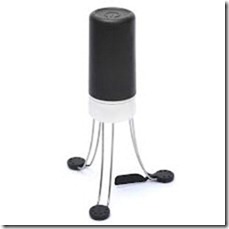 Surely, I should have taken a photo of the pudding as it was simmering away, with my handy-dandy Stirr device (now called a RoboStir – very inexpensive if you’re interested)
Surely, I should have taken a photo of the pudding as it was simmering away, with my handy-dandy Stirr device (now called a RoboStir – very inexpensive if you’re interested) jittering around inside the pan. Here at right is a picture I found online. I’ve written about it before, but it’s a battery-operated device that sits inside the pan, has silicone feet and once you turn it on (mine has 4 speeds), it jitters itself around the pan, turning in circles to keep the pot contents moving – stirring. It’s an automatic stirring device is all I can tell you, and it worked SO perfectly for this pudding! I also use it on the rare occasions I make risotto. It’s ideal for sauces. Just an aside about this device – if you go online, lots of people don’t like it. Including Consumer Reports, who found it worked for very few things. A thick sauce will stop it cold. Some people think it’s a joke. Mine works well – have never used it except on the lowest speed. It doesn’t do dry ingredients (like toasting nuts) or frying onions as it just pushes the items out to the edges of the pan. It must have liquid to help it move the contents. It does require a pan with a sufficient flat surface AND the cooktop needs to be level. If it’s not level, the device will simply gravitate to the lowest spot and sit there, still jittering, but it won’t migrate around the pan as it’s designed to do. My dear hubby (DH) did level my range for me last year. I didn’t realize how “off” it was. I made this pudding in a pan with rounded edges – mine is a Caphalon nonstick pan – a saucier pan that Caphalon doesn’t make anymore, but a similar one would work because it has a gently rounded bottom edge – a Calphalon Unison Nonstick 4-Quart Pot with Lid
. The key is the sloping edge – you don’t want a squared-off 90° angle as it’s very difficult to stir that corner (whether you’re using a stirring device or an ordinary spoon) and keep the pudding from burning. Or if you’re making a sauce, or a creamy soup. This particular pot is called a soup pot.
Okay, so here’s how you make it – you combine the whole milk, some of the cream, sugar (and not very much of it), some of the vanilla and Arborio rice (a short grain rice, which works best for rice pudding – you can also use sushi rice). Once you bring it to a simmer, reduce the heat and simmer very slowly, stirring very frequently, for about 30 minutes. At this point start tasting the rice – it still wants to have a little tiny bit of bite (toothsome-ness, I call it). Continue simmering until it’s just barely done. Remove, allow to cool, stirring it every so often so a skin doesn’t form on the top (or put a piece of plastic wrap directly down on the surface), and you add a little bit more cream and more vanilla. Done. Once cool you can put it into ramekins, or just store in a plastic container and dish out what you want later. I found that the pudding was still very VERY loose once I took it off the heat, but I was assured in the recipe that it would firm up. Yes, indeed it did! In fact, when I went to serve it, I needed to add milk to it to kind of thin it a bit. It was amply thick at that point.
In most respects, this pudding is made like a risotto, except you start off with all the liquid in the pan at the beginning rather than adding it now and then. It’s EASY to make – although you do have to keep your eye on it. I made this as part of a dinner we took to our pastor and his family since he’s recently had surgery. But I made a double batch and kept a little bit of it for ourselves. What a treat.
What’s good: every single solitary thing about it. A must make – if you like puddings, and especially rice pudding! The vanilla flavor predominates (in a very good way).
What’s not: well, it does take some patience and hovering (unless you have one of the stirring devices). I’ll definitely be making this again!
MasterCook 5+ import file – right click to save file (and remember where you put the file), run MC, then File|Import
* Exported from MasterCook *
Very Creamy Vanilla Rice Pudding
Recipe By: KAF Baking Banter, 1/2013 (Mary Jane Robbins)
Serving Size: 6 (1/2 cup servings)
2 cups whole milk
1 cup heavy cream — divided
1/4 cup sugar
1/2 cup Arborio rice — or sushi rice
1/2 teaspoon vanilla extract — King Arthur Pure Vanilla Extract preferred
1/2 teaspoon vanilla extract — Vanilla Bean Crush or King Arthur Pure Vanilla Plus
1 pinch salt
1. Place the milk, 3/4 cup cream, sugar, rice, and vanilla extract in a medium-sized saucepan over medium heat.
2. Bring to a simmer and cook, stirring frequently, for 30 minutes, until thickened. This is very similar to cooking risotto.
3. Taste the rice to ensure it’s done. You want a firm bite, but no crunchy center to the kernel. Remove from heat as soon as it reaches that perfect time.
4. Stir in the remaining 1/4 cup cream and the Vanilla Bean Crush or Pure Vanilla Plus, along with a pinch of salt. The pudding will firm up as it cools.
5. Serve warm; or refrigerate, well covered, and serve chilled. Sprinkle with a touch of ground cinnamon, if desired. 1/2 cup servings are sufficient. Stir in additional milk if the pudding is too thick.
Per Serving: 277 Calories; 17g Fat (56.3% calories from fat); 5g Protein; 26g Carbohydrate; 0g Dietary Fiber; 65mg Cholesterol; 80mg Sodium.





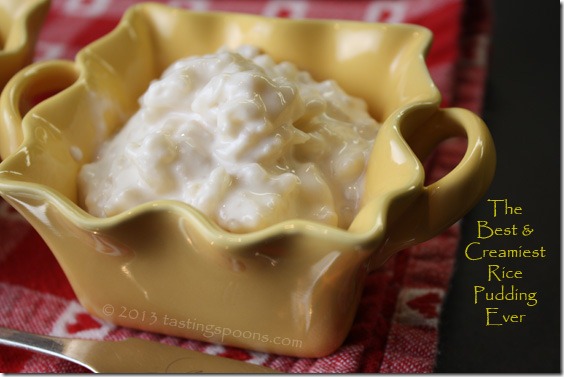

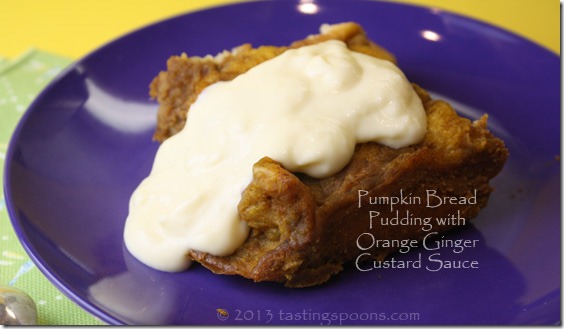
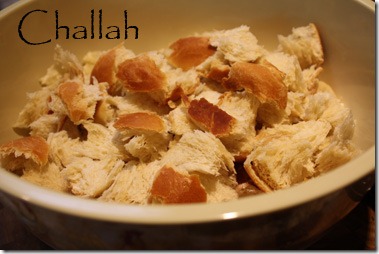
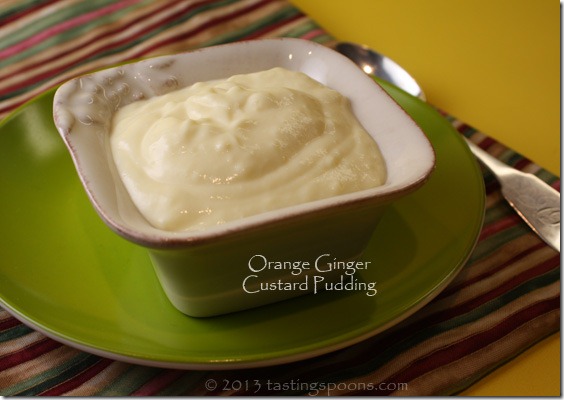
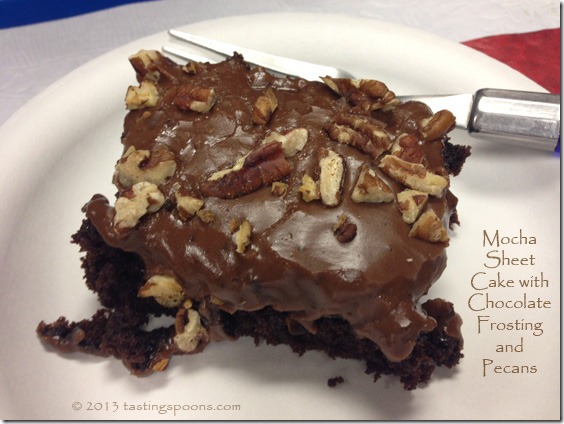
 There’s only one really big “condition” about making this –
There’s only one really big “condition” about making this – 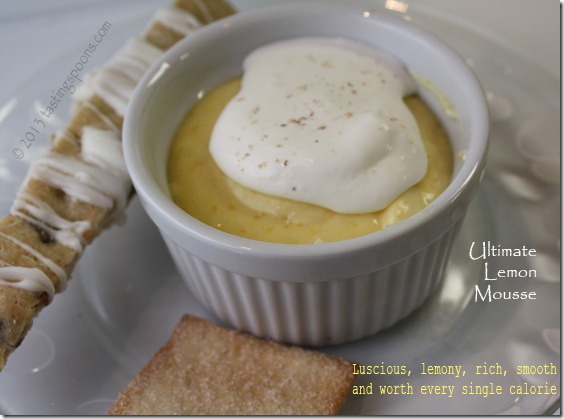
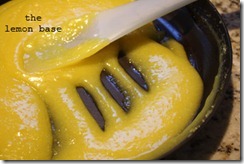
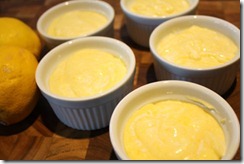
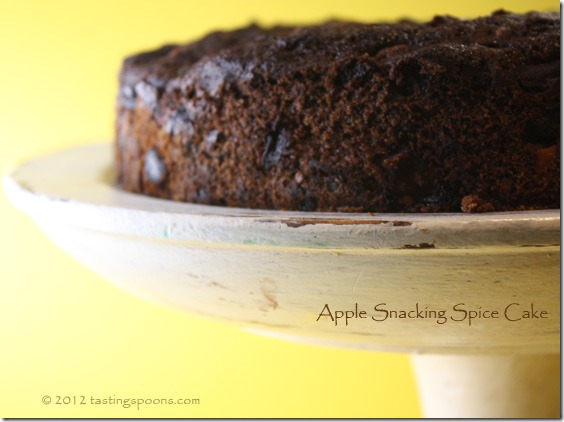
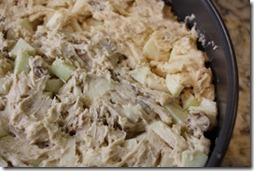
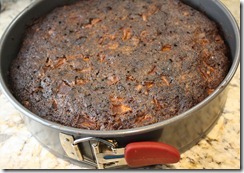
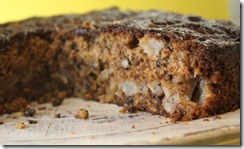
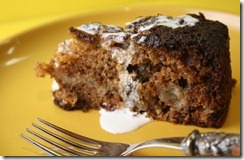
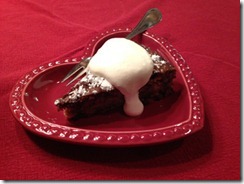
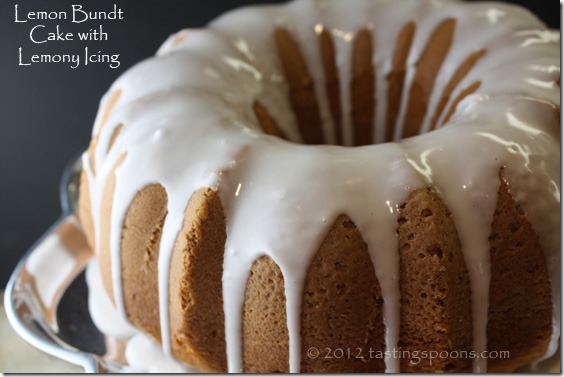
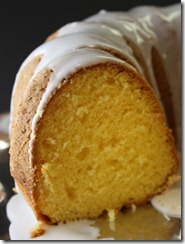
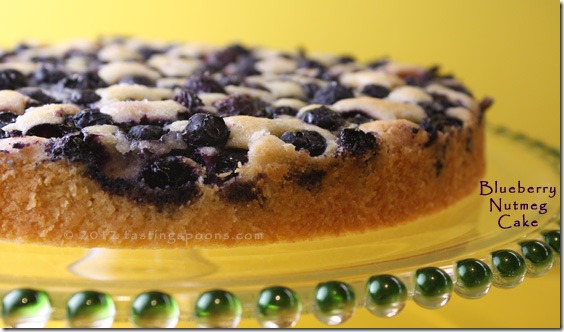
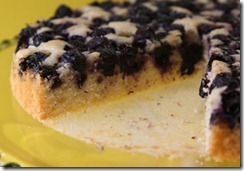
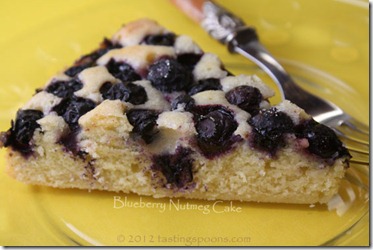
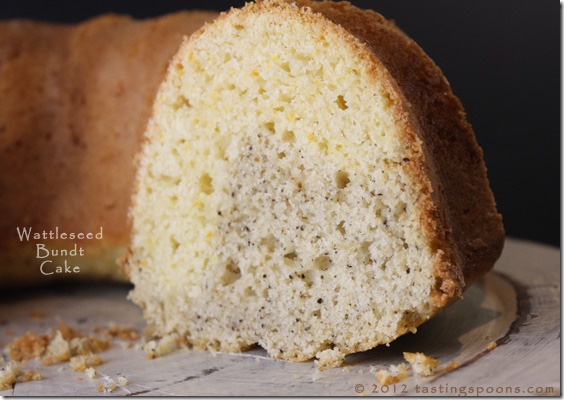
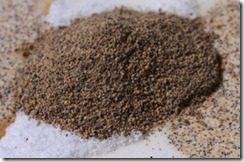
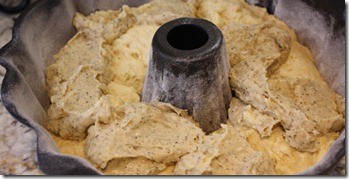
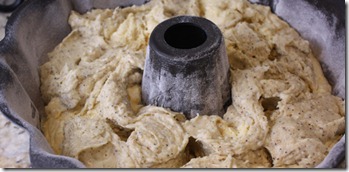
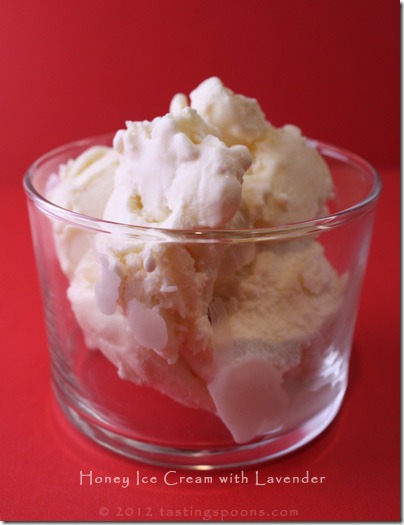
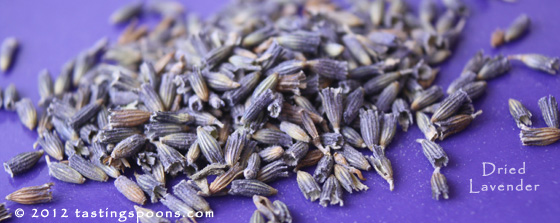
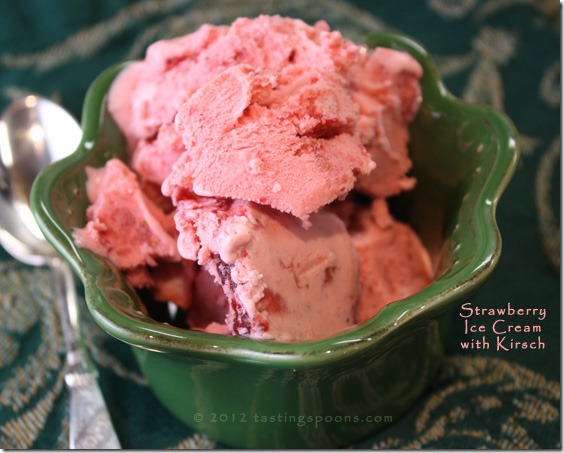
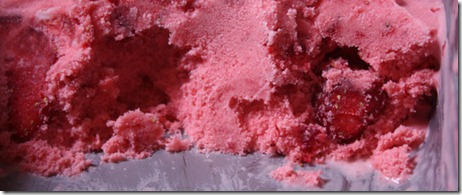
Leave a Comment!